In the vineyard
Favouring the natural balance
Work in the vineyard
The human touch
The harvest
Reaching the typicity of the grape
In the winery
Innovation meets terroir
Vinification
Expressing the terroir and the vintage
Ageing
Time rewards us
Favouring the natural balance
The human touch
Reaching the typicity of the grape
Innovation meets terroir
Expressing the terroir and the vintage
Time rewards us

Favouring the natural balance
Our viticultural approach aims to maintain the natural balance, by adopting sustainable vine growing practices. The vineyard is part of a greater surrounding ecosystem and preserving the biodiversity within it is a key element of our fieldwork.
There is a relationship of appreciation and respect between the human and the vineyard. We seek to harvest grapes full of health, with an imprint of the terroir that has nourished them. We nurture the vineyard, giving back a little of what it has given us.
The undivided vineyard covers 3,3 hectares of land. The Xinomavro, which was planted in the years 1978 and 1981, occupies 2,2 hectares. The Preknadi is cultivated in the remaining 1,1 hectares and was gradually planted during the period 2006-2012.
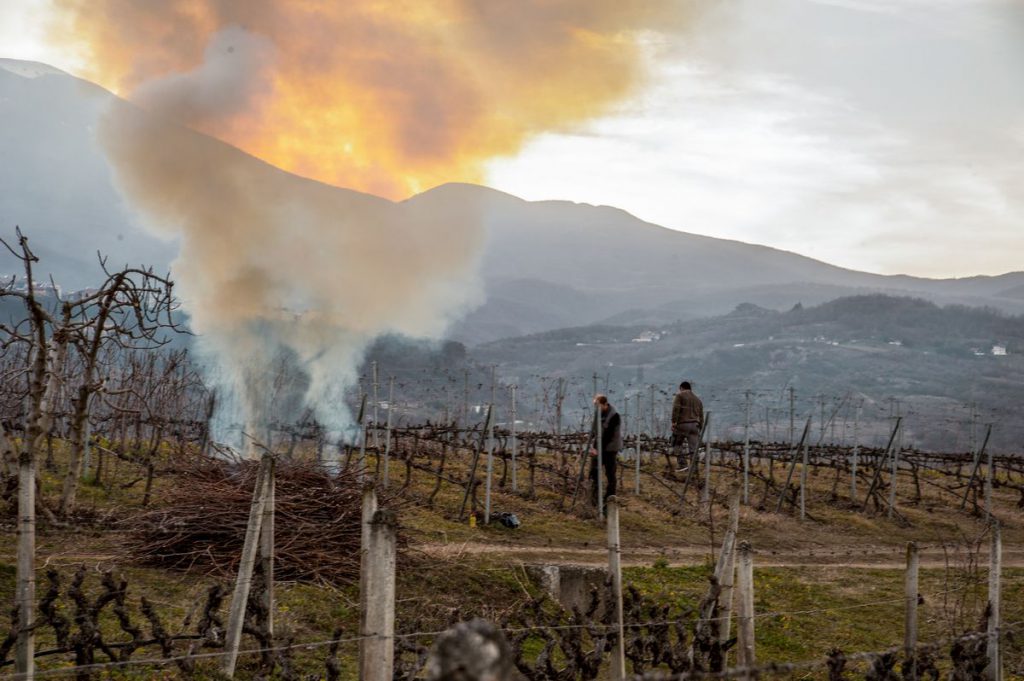
The human touch
The vineyard tasks are carried out by hand, as we work in the field all year round. Great attention is paid to detail and experience is gained year after year by assessing and studying the needs of our plants.
The soil is dug, the vine’s wounds are healed, shoots are removed, pre-pruned, the stakes repaired, the green canes supported, rods are tied, the earth lightly plowed, the soil and the leaves analysed on a regular basis and great care is taken providing nourishment to the vineyard. The tops are trimmed, the young vines shaped, few leaves are stripped, the sarments are picked up, the wires stretched, pruning is done with the future in mind, irrigation as much as necessary, we harvest.
We are committed to perpetual work, driven by the annual cycle of the vines.
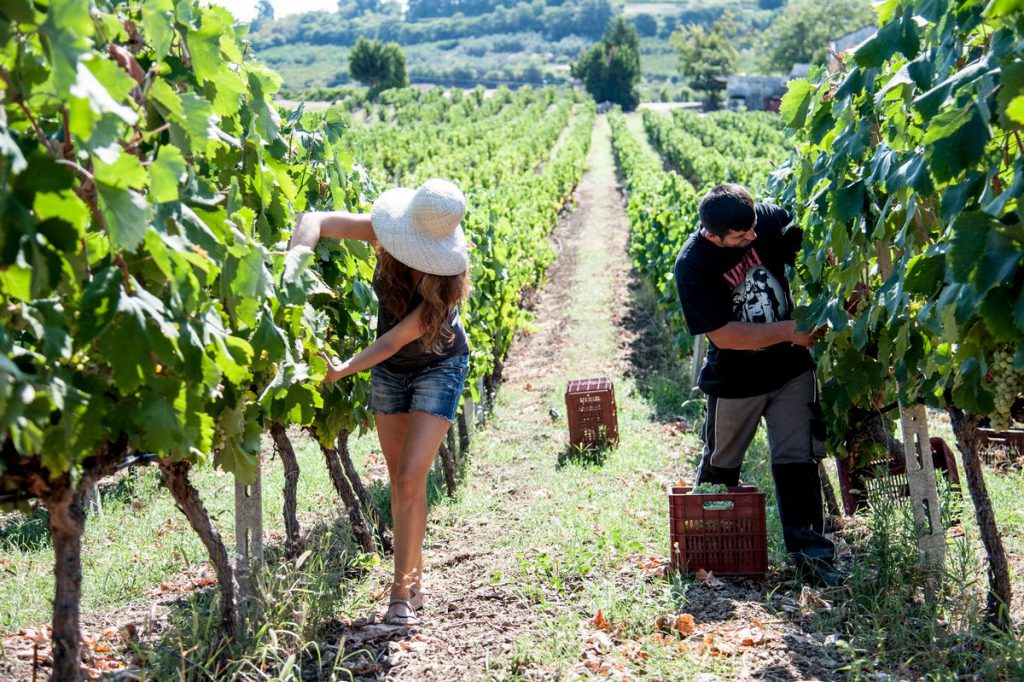
Reaching the typicity of the grape
Harvest at the Estate brings celebration and satisfaction. It signifies relief and anticipation for the upcoming wine. Decision making and planning.
There are several criteria by which we determine the harvest, such as the weather conditions and the time point at which the grapes obtain a combination of desired levels of maturity. This is reflected in the aromatic profile of the skins, the pulp’s sugar content and the sweetness of the tannins of the seeds. As the harvest days are nearing we walk through the vineyard, observing the grapes, collecting berries, tasting them and closely following the weather forecast.
Preknadi precedes Xinomavro in terms of harvest time. The harvest starts at the end of August and lasts until the beginning of October, depending on the vintage. We begin very early in the morning, working as a team and the grapes are collected by hand.
Thus, in the moment of the picking, the typicity of the grape is expressed in its entirety.
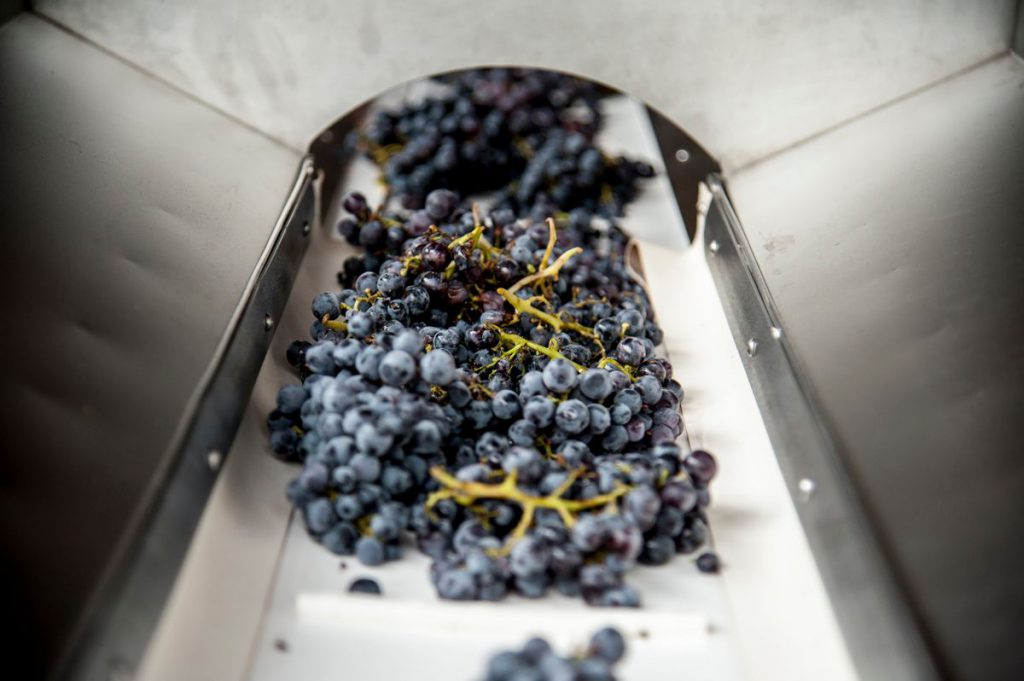
Innovation meets terroir
The winery of the Estate is situated in the middle of our vineyard. It is constantly evolving, but always done with respect to the environment. Inside the winery, there are separate areas for receiving the grapes, winemaking and bottling, maturation and storage, a fully equipped oenological laboratory and a small separate construction with a copper distillery.
Stainless steel dominates in the winemaking equipment, while oak is also present, adding an extra element of quality. We invest steadily in controlling temperature and humidity at all stages of the winemaking process and we adhere to controlled hygienic conditions in the entire infrastructure.
Here the grape, carrying the imprint of the terroir, meets the science of oenology taking its steps towards the path of winemaking.
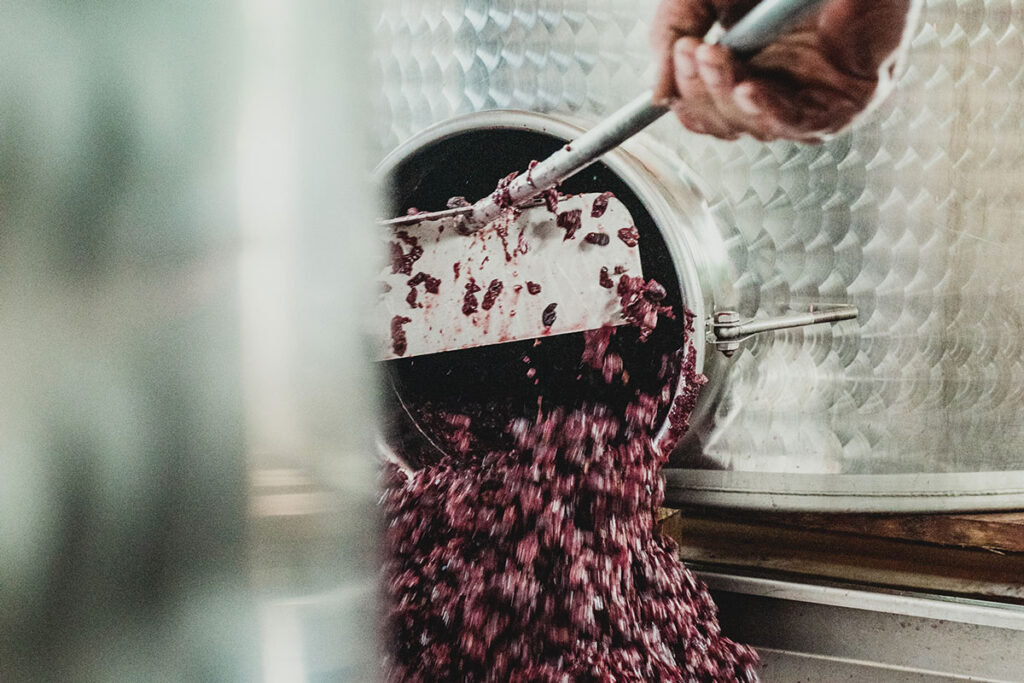
Expressing the terroir and the vintage
Our winemaking approach aims to produce wines that reflect all the characteristics of the two varietals. We apply simple oenological practices, deepening our knowledge by working with the two grapes, year by year.
We rely on a basic work plan that includes the careful sorting of every berry, pre-fermentation cold soaking of the grapes, controlled alcoholic and malolactic fermentation of the juice, the grape pomace and the new wine respectively. These are tasted daily and hygiene principles are covered throughout all the stages of winemaking.
At the same time, we try to remain flexible to adapting the winemaking process in order to express every harvest to its fullest. Each vintage has unique characteristics that build our expertise and put the unpredictable X factor into the equation of vinification, promoting our oenological ideas.
This brings about our oenological protocol that authenticity and quality always comes first.
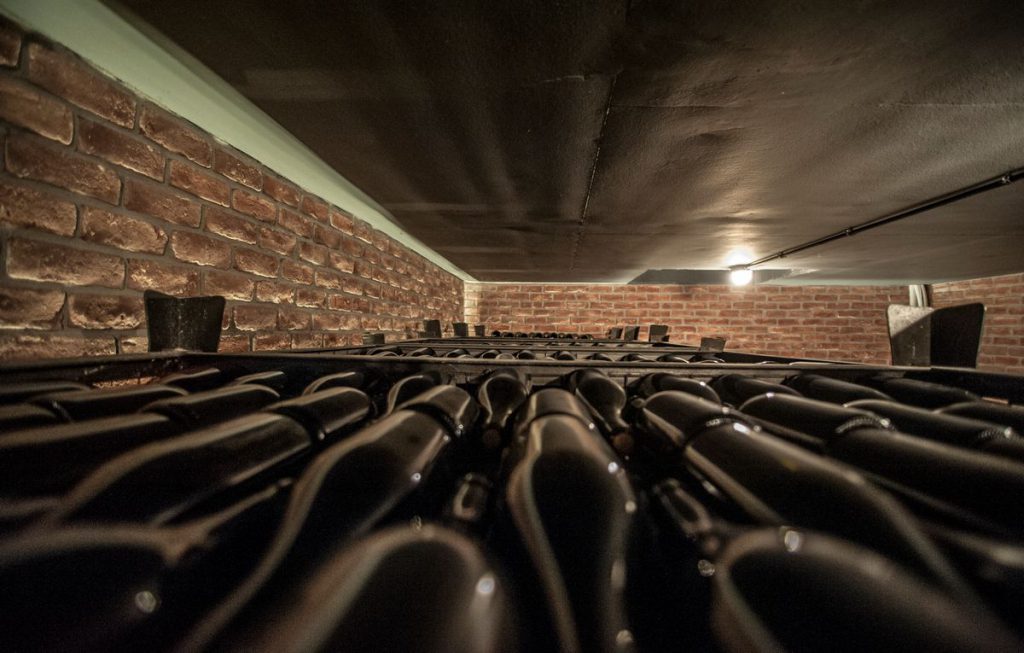
Time rewards us
Our approach in ageing is based on oenology, human care and instinct.
We prefer our wines to evolve, taking on components carried over from the vineyard and the vinification process, the discreet touch of the oak and the beneficial effect of the oxygen, which enters slowly through the wood’s pores. In the bottle, time rewards us.
Medium toasted barrels of French origin are used, with a capacity of 500 liters. The average age of the barrels is 2.5 years. The Xinomavro remains in the barrel for 11-14 months depending on the vintage, while the Preknadi matures in the barrel for 2-6 months.
We are present as the wine unfolds all of its virtues and reveals itself a little more every day for what it is, unveiling pieces of its origin.